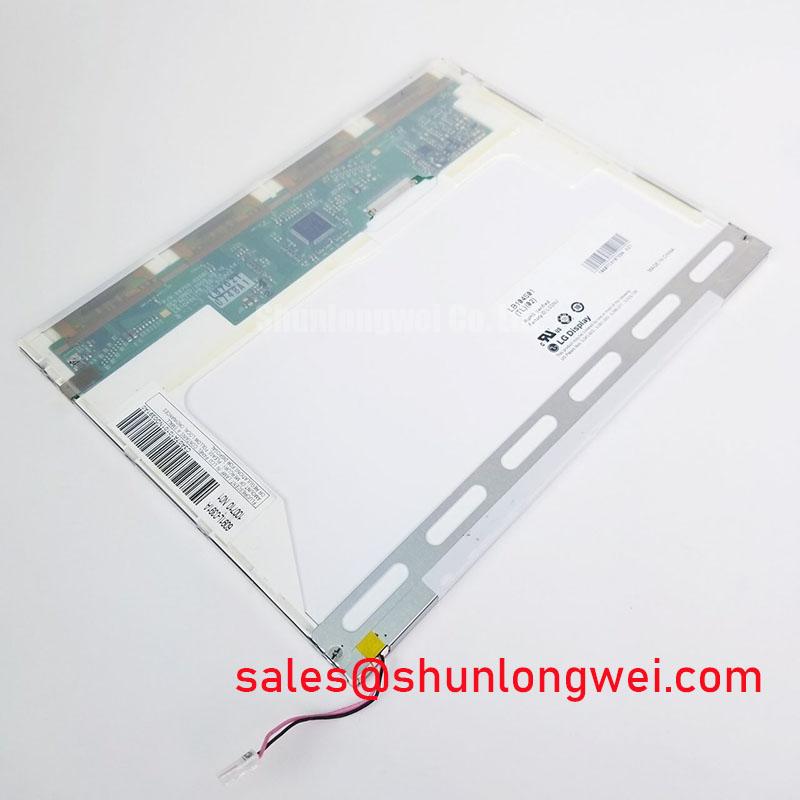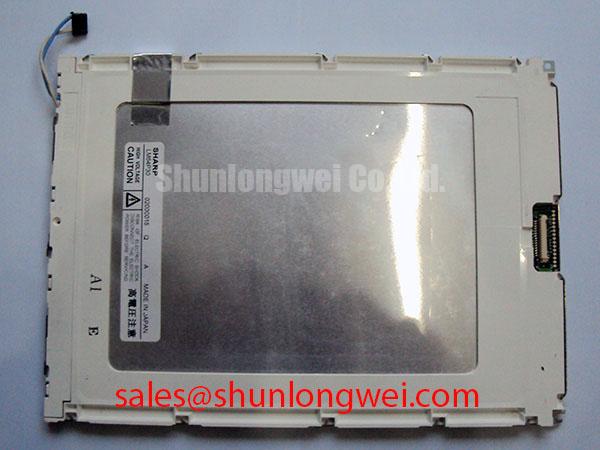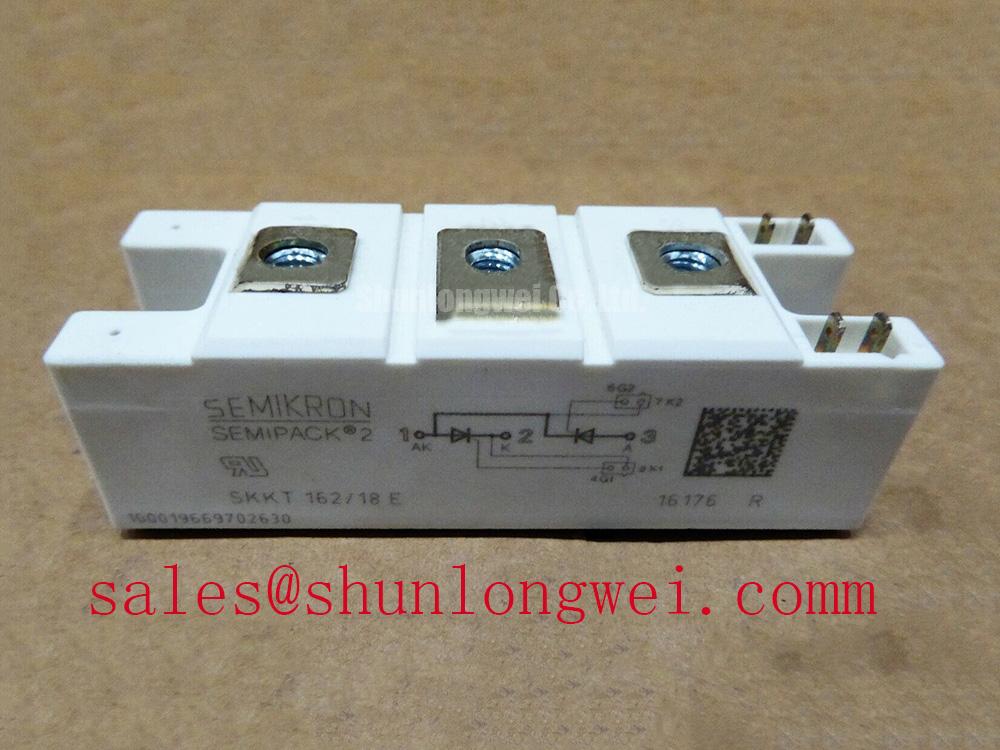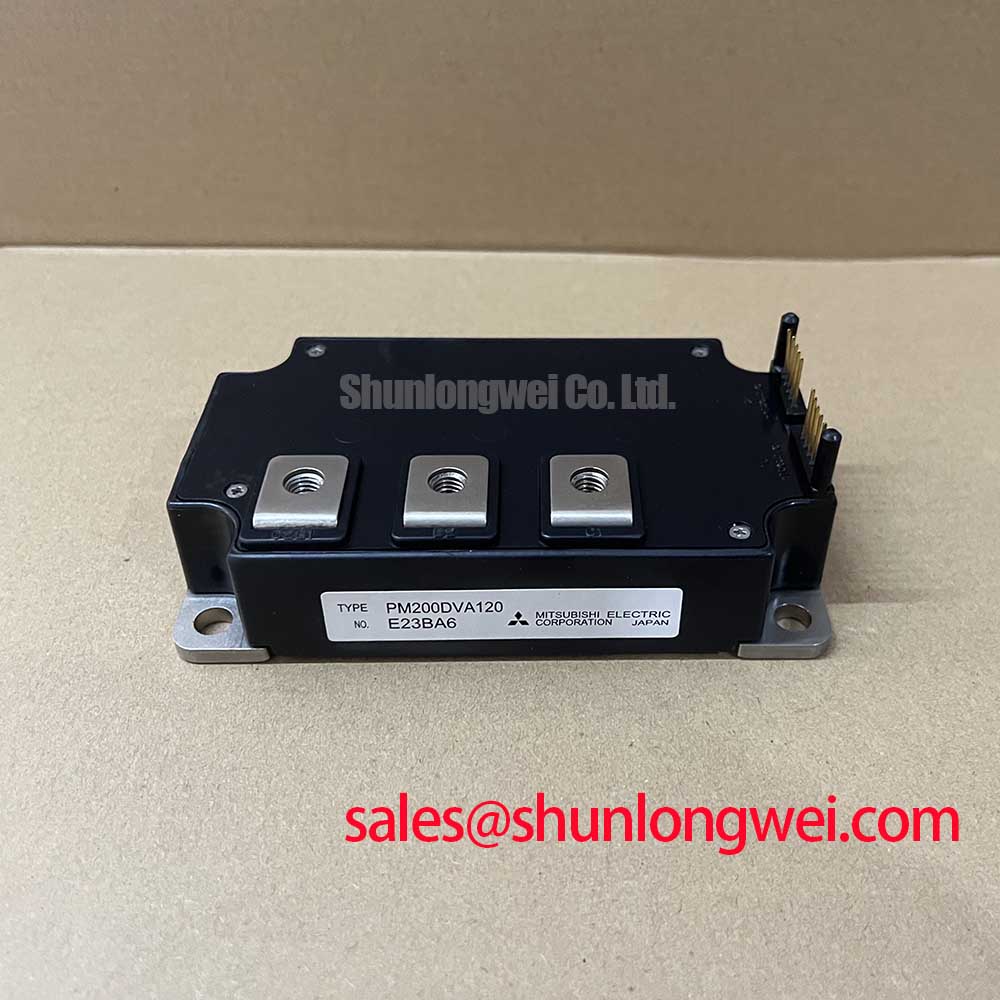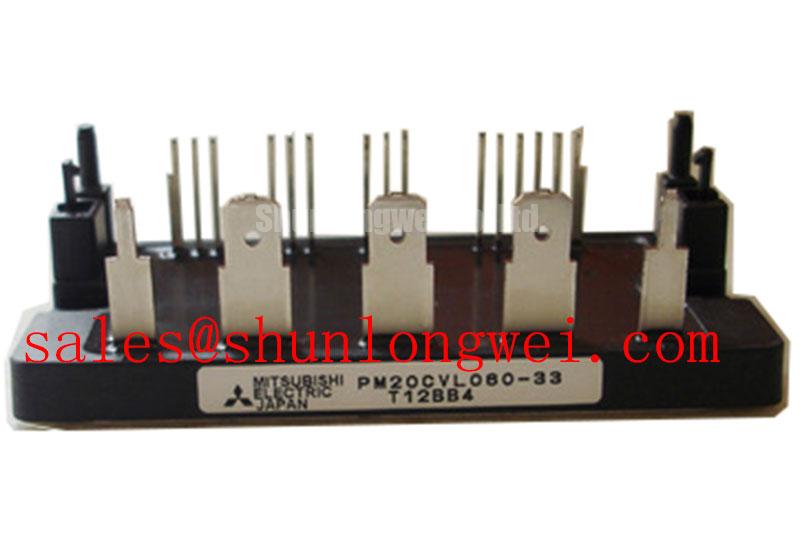LG Display LP150E07-A2: A High-Resolution 15.0" SXGA+ Display for Specialized Systems
Content last revised on October 6, 2025.
Introduction: A Legacy of Clarity and Performance
Delivering High-Fidelity Visuals for Demanding Applications
The LG Display LP150E07-A2 is a 15.0-inch a-Si TFT-LCD module engineered to deliver superior image quality for applications where visual precision is paramount. This display provides a high-density SXGA+ resolution in a classic 4:3 aspect ratio, making it a crucial component for legacy system upgrades and specialized new designs. Its combination of a standard LVDS interface and proven CCFL backlight technology offers a reliable and straightforward integration path. For industrial or medical systems requiring precise, stable, and high-resolution imaging, the LP150E07-A2 offers a robust and effective solution.
Application Scenarios & Value
System-Level Benefits in High-Information-Density Environments
The defining characteristic of the LP150E07-A2 is its SXGA+ 1400x1050 resolution. For systems requiring higher pixel density than standard XGA displays, this model provides a significant upgrade in visual real estate and clarity without moving to a widescreen format.
A prime engineering scenario is in legacy industrial control panels or medical diagnostic stations originally designed around 15-inch XGA monitors. The challenge is often to enhance the user interface with more data, finer text, or more detailed graphical elements without a complete mechanical redesign. The LP150E07-A2 directly addresses this by offering nearly 50% more pixels within the same physical footprint. This allows for richer HMIs in industrial automation, clearer waveform displays in patient monitoring systems, and more detailed schematic views in test and measurement equipment. The standard 2-channel LVDS interface ensures it can be driven by a wide range of industrial motherboards and single-board computers, simplifying the upgrade path. While this panel is ideal for detailed legacy systems, for applications requiring even higher pixel density for modern graphics, a QXGA panel like the LQ150X1LGN2A could be considered.
Key Parameter Overview
Decoding the Specs for System Integration and Performance
The specifications of the LG Display LP150E07-A2 are tailored for performance and reliability in professional environments. Each parameter has a direct impact on the final system's visual quality and operational robustness.
| Specification | Value | Engineering Implication |
|---|---|---|
| Panel Size | 15.0 inch | Standard industrial size offering an optimal balance between information display area and physical footprint for consoles and equipment racks. |
| Resolution | 1400(RGB) × 1050 (SXGA+) | Provides a high pixel density (116 PPI) for displaying fine details, small fonts, and complex graphics with exceptional sharpness. What is the benefit of SXGA+ resolution? It offers a significant visual upgrade over XGA (1024x768) without the system overhead of full HD. |
| Display Technology | a-Si TFT-LCD, TN, Normally White | A mature and cost-effective technology known for fast response times, making it suitable for applications with moving images or cursors. The "Normally White" mode means a failed pixel appears white, which can be preferable in certain safety-critical applications. |
| Brightness | 200 cd/m² (Typ.) | Suitable for typical indoor industrial and office environments. This brightness level is a deliberate balance between visibility and power consumption from the CCFL backlight. |
| Contrast Ratio | 350:1 (Typ.) | Ensures clear differentiation between blacks and whites, which is critical for text readability and accurately rendering grayscale images in applications like medical imaging. |
| Signal Interface | LVDS (2 channel, 6-bit) | A robust, low-EMI digital interface common in industrial systems. The 2-channel configuration supports the high data rate required for SXGA+ resolution, ensuring signal integrity over moderate cable lengths. |
| Backlight System | CCFL | A well-established backlight technology known for stable color performance over its lifespan, a key requirement for long-term deployments. It requires an external inverter for operation. |
| Operating Temperature | 0 ~ 50 °C | Designed for controlled indoor environments such as control rooms, laboratories, and medical facilities. |
Download the LP150E07-A2 datasheet for detailed specifications and performance curves.
Application Vignette
Case Study: Upgrading a CNC Machine HMI for Enhanced Productivity
Consider a legacy CNC milling machine whose original 15-inch XGA (1024x768) HMI is becoming a bottleneck. The operator needs to switch between multiple screens to view the toolpath simulation, machining parameters, and system diagnostics. This constant screen-switching introduces delays and increases the risk of error. The challenge is to present more information simultaneously within the existing console cutout. Simply replacing the panel with the LP150E07-A2 provides a direct solution. Its SXGA+ resolution fits nearly 1.5 million pixels into the space previously occupied by just 800,000. This allows the HMI software to be redesigned to show the toolpath, key G-code lines, and spindle speed/feed rate on a single, uncluttered screen. The result is a more efficient workflow, reduced operator error, and increased productivity without costly and time-consuming mechanical modifications to the machine's control console.
Frequently Asked Questions (FAQ)
What is the primary advantage of the SXGA+ resolution on a 15-inch display?
The main benefit is significantly higher information density. It allows for the display of more data, finer text, and more detailed images within a standard 4:3 aspect ratio footprint, which is crucial for upgrading legacy systems or for data-intensive user interfaces.
How does the 2-channel LVDS interface impact system design?
The dual-channel LVDS (Low-Voltage Differential Signaling) interface is necessary to handle the bandwidth of the SXGA+ resolution at a 60Hz refresh rate. For system designers, it means ensuring their graphics controller or single-board computer has a compatible 2-channel LVDS output. It's a standard interface that simplifies integration with many industrial computing platforms.
Is the 350:1 contrast ratio sufficient for professional applications?
Yes, for its intended applications. A 350:1 contrast ratio provides clear, sharp text and well-defined graphics in typical indoor lighting. While modern IPS panels offer higher ratios, this level of contrast is more than adequate for most industrial HMI, process control, and non-diagnostic medical imaging tasks, providing excellent readability.
What are the power supply considerations for the CCFL backlight?
The LP150E07-A2 requires two power sources: a 3.3V supply for the panel's logic and a separate high-voltage AC supply for the Cold Cathode Fluorescent Lamp (CCFL) backlight. This is generated by an external inverter board, which needs to be specified to match the lamp's voltage and current requirements.
What does the "Normally White" TN panel technology mean in practice?
"Normally White" describes the state of the pixels when no voltage is applied. In the event of a transistor failure for a specific pixel, that pixel will appear white. This can be an important consideration in certain applications; for instance, in an avionics display, a failed white pixel might be less distracting or easier to distinguish from active data than a failed black pixel.
An Engineer's Perspective on Integration
From a system designer's viewpoint, the LG Display LP150E07-A2 is an engineering tool for specific challenges. It serves as a powerful drop-in upgrade for legacy 15-inch XGA systems, offering an immediate enhancement in user interface capability with minimal mechanical rework. Its reliance on established technologies like CCFL and LVDS de-risks the integration process, leveraging proven, widely available drivers and inverters. This allows engineering resources to remain focused on the core application software and system functionality, rather than on complex display integration. The panel represents a strategic choice for extending the life and improving the performance of high-value industrial and medical equipment.






